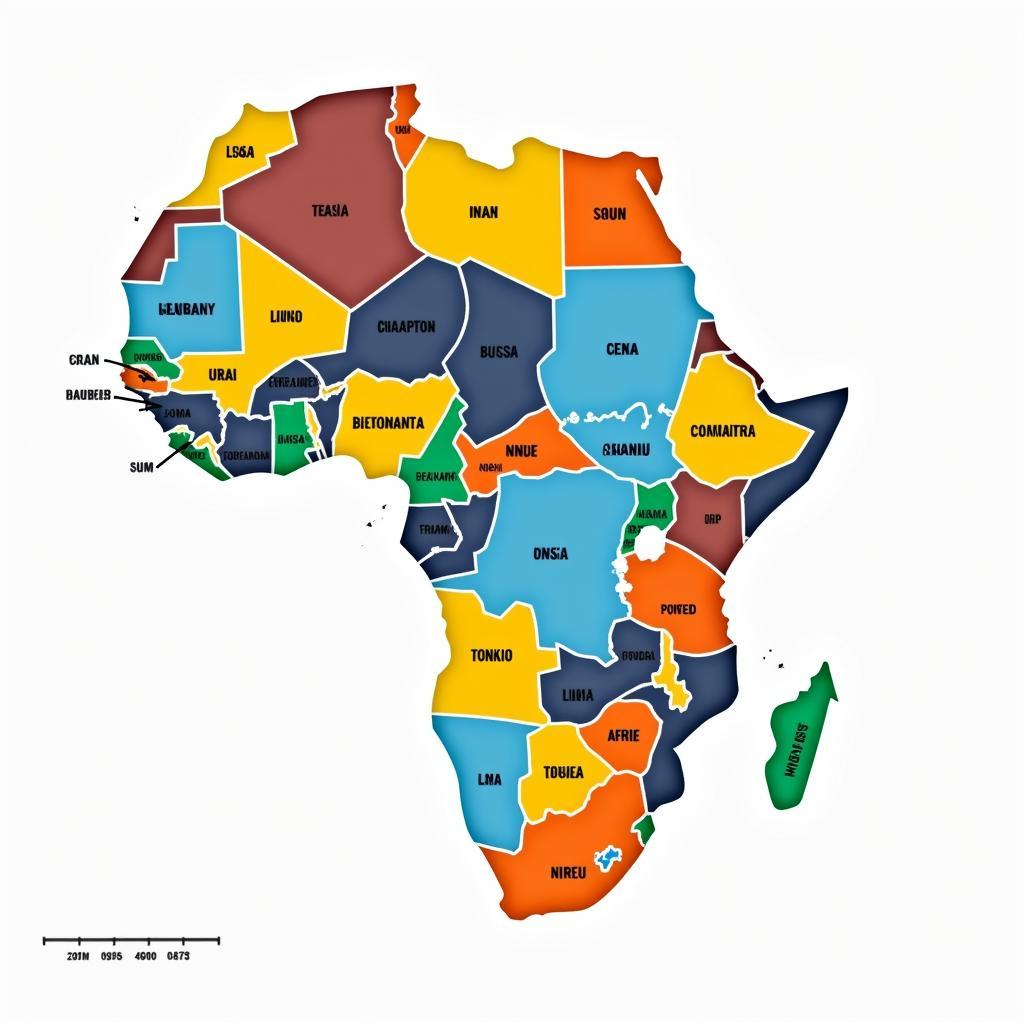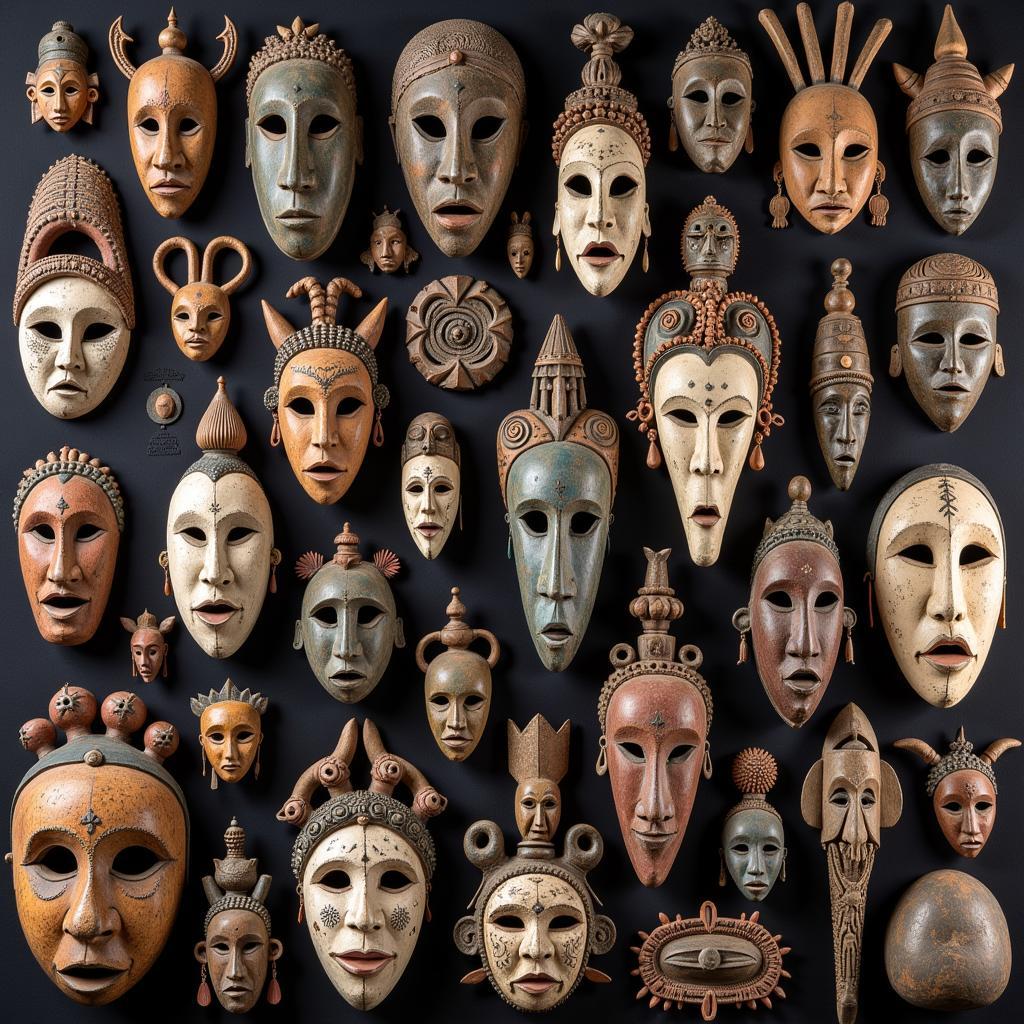Unveiling the Rich History and Cultural Significance of African Ebony
African ebony wood, prized for its dense, dark heartwood, holds a significant place in African history and culture. From its use in crafting exquisite musical instruments and sculptures to its role in traditional ceremonies, ebony has been a valuable resource for centuries. This article explores the various facets of African ebony, delving into its origins, properties, cultural significance, and the challenges surrounding its sustainability.
The Allure of African Ebony: Properties and Uses
African ebony is renowned for its exceptional properties, including its hardness, density, and smooth finish when polished. This makes it ideal for a variety of applications. Historically, it has been used for creating high-quality musical instruments, particularly woodwind instruments like clarinets and oboes. The wood’s density contributes to the rich, resonant tones these instruments produce. Furthermore, ebony’s beauty and durability make it a sought-after material for crafting intricate sculptures, furniture, and decorative items.
Its unique characteristics also led to its use in traditional medicine and rituals in some African communities. In certain cultures, ebony is believed to possess protective qualities and is incorporated into amulets and ceremonial objects.
African Ebony in Music: A Legacy of Sound
The use of African ebony in musical instrument construction is a testament to its acoustic properties. From the resonating chambers of wind instruments to the fingerboards and tuning pegs of stringed instruments, ebony contributes to the overall sound quality. The wood’s density allows for precise shaping and a smooth, consistent surface, crucial for the intricate mechanisms of these instruments.
The Sustainability Challenge: Protecting African Ebony
The high demand for African ebony has unfortunately led to overexploitation and illegal logging in several regions. This unsustainable practice threatens the survival of ebony tree populations and the ecosystems they support. Conservation efforts are crucial to ensuring the long-term viability of this precious resource. These efforts include promoting sustainable harvesting practices, reforestation initiatives, and raising awareness about the importance of responsible sourcing.
African Ebony Beyond Material Value: Cultural Significance
Beyond its practical uses, African ebony holds deep cultural significance in many African societies. It is often associated with strength, power, and spiritual connection. In some cultures, ebony trees are considered sacred and play a role in traditional ceremonies and rituals. This cultural significance adds another layer of importance to the conservation of African ebony, preserving not just a valuable resource but also a vital part of African heritage.
Conclusion: Preserving African Ebony for Future Generations
African ebony, with its rich history and cultural significance, is a valuable resource that deserves our attention and protection. By understanding its various uses, appreciating its cultural importance, and actively supporting sustainable practices, we can contribute to the preservation of African ebony for future generations. Let’s work together to ensure that this precious wood continues to inspire artisans, musicians, and communities for years to come.
FAQ
- What makes African ebony so valuable? Its density, hardness, and beautiful dark heartwood make it ideal for various applications.
- What are the main uses of African ebony? It is used in musical instrument making, sculpture, furniture, and some traditional medicine.
- Why is African ebony considered endangered? Overexploitation and illegal logging have threatened its survival.
- What are the cultural significances of African ebony? It is often associated with strength, power, and spiritual connection in several African cultures.
- How can I contribute to the conservation of African ebony? Support sustainable practices and responsible sourcing of ebony products.
- What is being done to protect African ebony trees? Conservation efforts include sustainable harvesting practices, reforestation, and raising awareness.
- What are some alternatives to African ebony for musical instruments? Other dense hardwoods like rosewood and cocobolo are sometimes used.
Related Articles
- The Art of African Wood Carving
- Traditional African Music and Instruments
- Sustainable Forestry Practices in Africa
Need assistance? Contact us 24/7: Phone: +255768904061, Email: kaka.mag@gmail.com, or visit us at Mbarali DC Mawindi, Kangaga, Tanzania.


